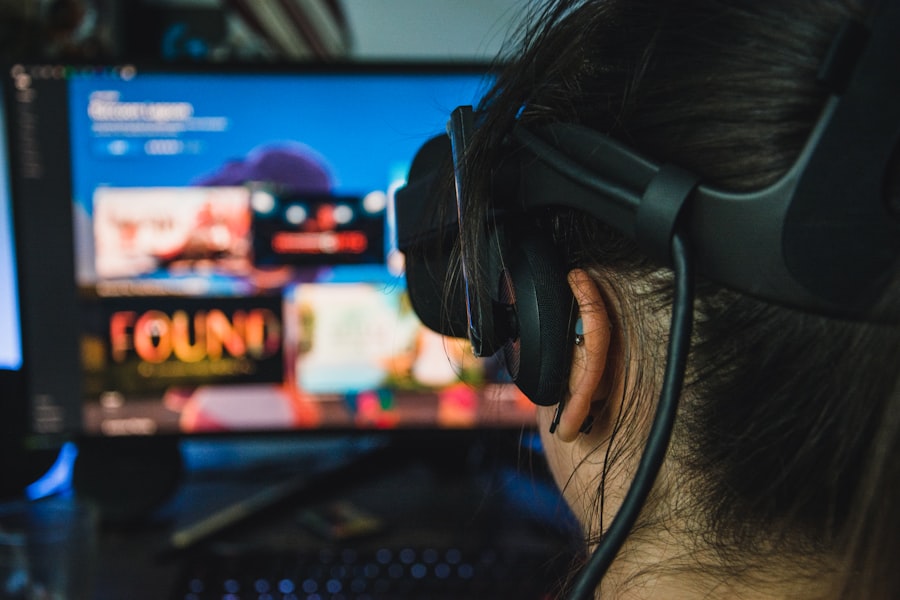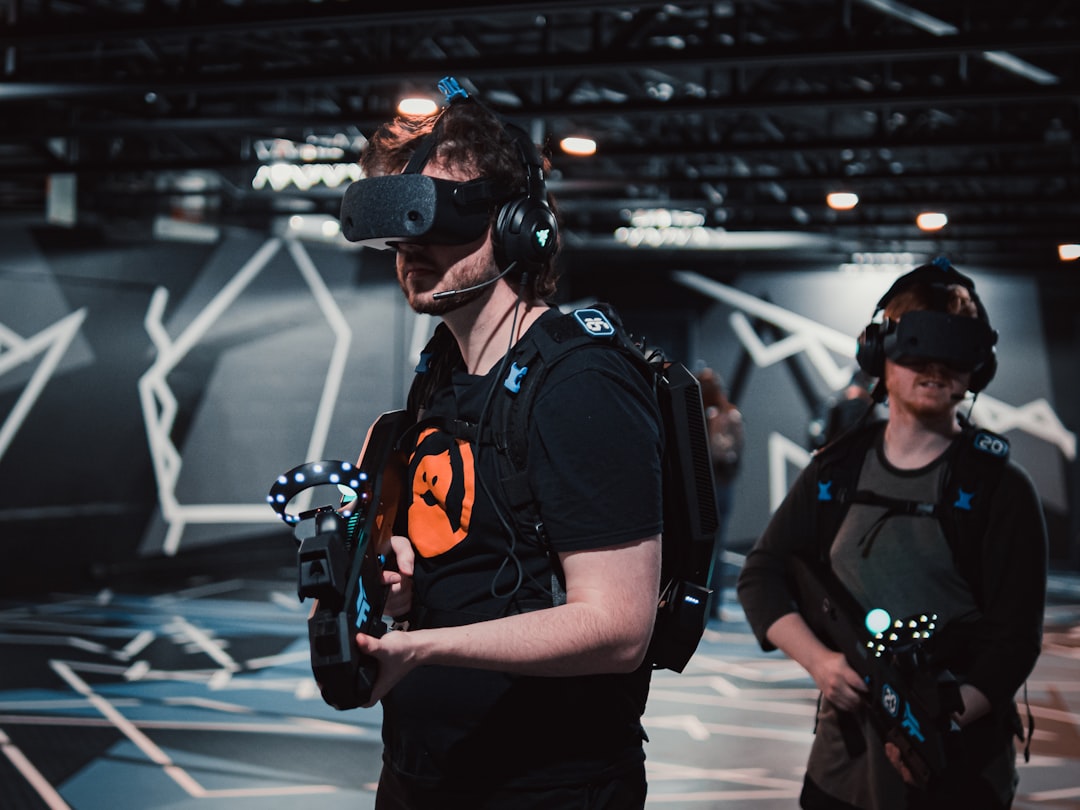Second Life, launched in 2003 by Linden Lab, represents a pioneering venture into the realm of virtual reality, offering users a platform where they can create, explore, and interact in a digital universe. Unlike traditional video games that often have a defined objective or storyline, Second Life provides an open-ended experience where the only limits are the users’ imaginations. This virtual world is populated by avatars—digital representations of users—that can be customized to reflect personal identities or entirely fantastical personas.
The platform has evolved significantly over the years, becoming a vibrant community where creativity, social interaction, and commerce converge. The allure of Second Life lies in its immersive nature. Users can engage in a multitude of activities ranging from socializing with friends to attending concerts, participating in educational workshops, or even running businesses.
The platform’s economy is driven by its own currency, the Linden Dollar (L$), which can be exchanged for real-world currency, allowing users to monetize their creations and services. This unique blend of social interaction, creativity, and economic opportunity has attracted millions of users worldwide, making Second Life a significant player in the landscape of virtual reality and online communities.
Key Takeaways
- Second Life is a virtual reality platform where users can create avatars and explore a vast virtual world.
- Users can customize their avatars and virtual environments to reflect their personalities and preferences.
- The platform offers diverse landscapes and environments for users to explore, from bustling cities to serene natural settings.
- Interacting with other avatars and building virtual communities is a key aspect of the Second Life experience.
- Users can participate in virtual events, activities, and even engage in role-playing and immersive storytelling experiences.
Creating Your Avatar and Customizing Your Virtual World
Creating an avatar in Second Life is one of the most exciting aspects of the experience. Upon entering the platform, users are greeted with a blank slate, allowing them to design their digital selves from scratch. The customization options are extensive; users can choose everything from body shape and skin tone to hairstyles and clothing.
This level of personalization enables individuals to express their identities in ways that may not be possible in the physical world. For instance, someone might choose to embody a fantastical creature or adopt an entirely different gender identity, reflecting their inner self or exploring new facets of their personality. Beyond mere appearance, avatars can also be outfitted with various accessories and animations that enhance their presence in the virtual world.
Users can purchase clothing and items from other creators or design their own using tools provided by Second Life. This creative freedom extends to the environments users inhabit as well. Each avatar can own land and build their own virtual spaces, ranging from cozy homes to elaborate castles or bustling shops.
The ability to shape one’s surroundings fosters a sense of ownership and belonging within the vast expanse of Second Life, encouraging users to invest time and effort into their virtual lives.
Exploring Virtual Landscapes and Environments

The landscapes of Second Life are as diverse as its user base. From serene beaches and lush forests to futuristic cities and whimsical fantasy realms, the virtual world is filled with environments that invite exploration. Users can traverse these landscapes on foot, fly through the air, or even teleport to distant locations with just a click.
Each area is often meticulously crafted by other users or developers, showcasing their artistic talents and creativity. For example, some regions are designed for relaxation and meditation, featuring tranquil settings with soothing sounds and beautiful vistas, while others are bustling hubs of activity filled with shops, events, and social gatherings. Exploration in Second Life is not just about visual aesthetics; it also offers opportunities for discovery and interaction.
Many regions host hidden treasures or quests that encourage users to engage with the environment actively. For instance, some areas may have scavenger hunts where players must find specific items or complete challenges to earn rewards. This gamification aspect adds an extra layer of excitement to the exploration process, making it more than just a passive experience.
Additionally, users can stumble upon art installations, live performances, or themed events that enrich their understanding of the community and its diverse interests.
Interacting with Other Avatars and Building Virtual Communities
| Metrics | Value |
|---|---|
| Number of Avatars Interacted | 100 |
| Number of Virtual Communities Joined | 5 |
| Time Spent Interacting with Avatars | 20 hours |
| Number of Virtual Events Attended | 10 |
Social interaction is at the heart of Second Life’s appeal. Users can communicate with one another through text chat or voice chat, fostering connections that can lead to friendships or collaborative projects. The platform supports various forms of interaction, from casual conversations in public spaces to more intimate gatherings in private homes or clubs.
This flexibility allows users to engage with others at their comfort level, whether they prefer large group settings or one-on-one discussions. Building virtual communities is a natural outcome of these interactions. Many users form groups based on shared interests—be it art, music, gaming, or activism—creating spaces where like-minded individuals can come together to collaborate and share experiences.
These groups often host events such as workshops, discussions, or performances that further strengthen community bonds. For example, an art collective might organize exhibitions showcasing members’ work while providing networking opportunities for aspiring artists. The sense of belonging that arises from these communities enhances the overall experience of Second Life, making it a vibrant social ecosystem.
Participating in Virtual Events and Activities
Second Life is renowned for its dynamic calendar of events that cater to a wide range of interests. Users can attend live music performances featuring both amateur and professional artists, participate in dance parties hosted by popular DJs, or engage in educational seminars led by experts in various fields. These events often take place in visually stunning venues designed specifically for the occasion, enhancing the immersive experience for attendees.
Moreover, many events are interactive, allowing participants to engage actively rather than passively observing. For instance, during a live concert, users can dance alongside their friends or even interact with the performers through chat features. Special themed events—such as Halloween parties or holiday celebrations—often encourage users to dress up their avatars in creative costumes, adding an element of fun and festivity to the experience.
The variety of events available ensures that there is always something happening within Second Life, catering to diverse tastes and preferences.
Shopping and Trading in the Virtual Marketplace

The economy of Second Life is a fascinating aspect that mirrors real-world commerce while offering unique opportunities for creativity and entrepreneurship. Users can buy and sell virtual goods using Linden Dollars (L$), which can be earned through various means such as creating content or providing services. The marketplace is teeming with items ranging from clothing and accessories for avatars to furniture and decorations for virtual homes.
Shopping in Second Life is not merely transactional; it often involves exploring beautifully designed stores that reflect the creativity of their owners. Many creators take pride in crafting unique items that stand out in the marketplace, leading to a vibrant competition that drives innovation. For example, some designers specialize in high-fashion clothing lines for avatars, while others focus on creating intricate home decor items that enhance virtual living spaces.
Users can also participate in trading activities by attending virtual flea markets or participating in auctions where rare items are sold to the highest bidder.
Engaging in Role-Playing and Immersive Storytelling
Role-playing is a significant aspect of Second Life that allows users to immerse themselves in narratives beyond their everyday lives. Many users create characters with rich backstories and engage in role-playing scenarios across various genres—fantasy, science fiction, historical reenactments, and more. These role-playing communities often develop intricate storylines that evolve over time as participants interact with one another through their avatars.
The immersive storytelling aspect is enhanced by the ability to create detailed environments that reflect the chosen narrative. For instance, a medieval role-playing group might construct castles and villages where members can enact quests or engage in battles using scripted interactions.
The collaborative nature of role-playing encourages teamwork and communication among participants, creating memorable experiences that resonate long after the role-play concludes.
Managing Your Virtual Life: Balancing Real and Virtual Experiences
As engaging as Second Life can be, it also presents challenges regarding time management and balancing virtual experiences with real-life responsibilities. Users often find themselves immersed in this digital world for extended periods, leading to potential conflicts with work, relationships, or personal well-being. Recognizing this challenge is crucial for maintaining a healthy relationship with the platform.
To navigate this balance effectively, many users establish boundaries around their time spent in Second Life. Setting specific hours for virtual activities while prioritizing real-life commitments helps ensure that neither aspect suffers unduly. Additionally, engaging in self-reflection about one’s motivations for participating in Second Life can provide insights into how it enriches life rather than detracts from it.
By fostering a mindful approach to virtual engagement—one that values both creativity and connection—users can enjoy all that Second Life has to offer while maintaining harmony between their digital adventures and real-world experiences.
There is an interesting article on how the metaverse is impacting education and learning, which can be found here. This article discusses how virtual reality platforms like Second Life are revolutionizing the way students learn and interact with information. It also explores the potential benefits and challenges of integrating virtual spaces into traditional educational settings.
FAQs
What is Second Life virtual reality?
Second Life is a virtual reality platform where users can create and interact with each other through avatars in a 3D virtual world. It was launched in 2003 by Linden Lab and has since gained a large and active user base.
How does Second Life virtual reality work?
Users can create their own avatars and explore the virtual world, socialize with other users, participate in activities, and even create and trade virtual property and goods. The platform also allows for the creation of user-generated content, such as buildings, clothing, and other items.
Is Second Life virtual reality free to use?
Second Life offers a free basic membership, but users can also choose to upgrade to a premium membership for additional benefits and features. There are also opportunities for users to buy virtual currency, called Linden Dollars, which can be used to purchase virtual goods and services within the platform.
What can users do in Second Life virtual reality?
Users can engage in a wide range of activities in Second Life, including socializing with other users, attending virtual events and concerts, exploring virtual landscapes, creating and selling virtual goods, and even participating in role-playing and educational activities.
Is Second Life virtual reality safe for users?
Linden Lab has implemented various safety measures and community guidelines to ensure a safe and enjoyable experience for users. However, as with any online platform, users should exercise caution and be mindful of their interactions with others.

Leave a Reply